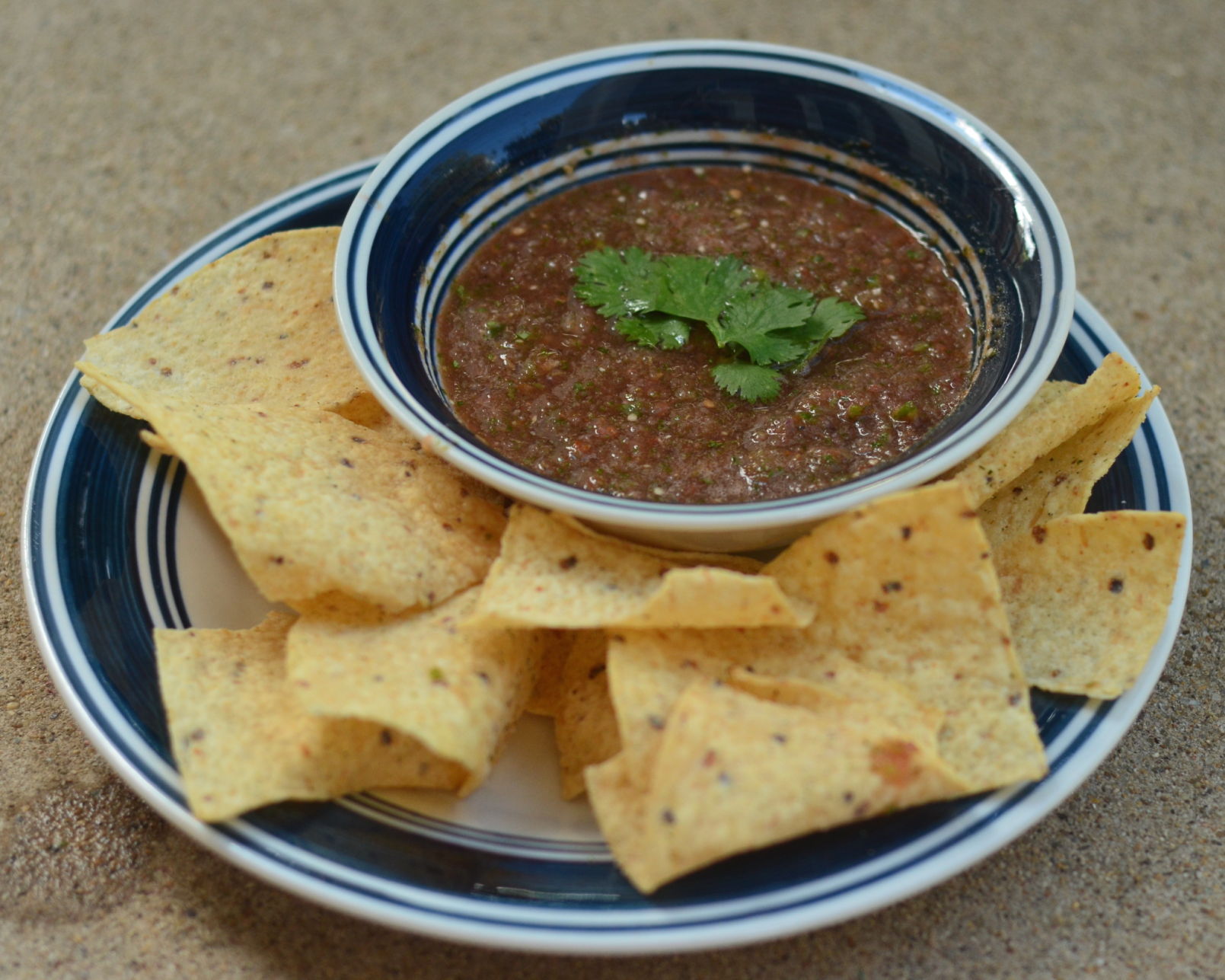
Tomatillo
You’d think a vegetable known as the “Chinese lantern” plant would be key to Asian food, but tomatillos are actually the secret behind a number of Mexican dishes. They only get that name because of their papery husk. You’ve eaten more of them than you realize if you’re any kind of an enchilada fan; read on to learn how to use them in your kitchen.
Fast Facts
You may have guessed it from the name — tomatillos are related to tomatoes. However, they’re crisper and more tart, which is why they’re so essential to salsa. They were an Aztec dish staple and are still important to modern-day Mexican foods, such as mole sauce. They’re a great source of potassium and have more minerals than tomatoes. The paper husk, obviously, is not edible.
What I Cooked
Though tomatillos supposedly taste great sliced in sandwiches, most recipes for them are for sauces. I stumbled across a Chipotle salsa knockoff, which was an obvious must-try. What could be better than Chipotle without the trek to Route 1? The resulting dip does bear a strong resemblance to Chipotle’s classic salsa. However, be careful not to skimp on the lime — that’s where the true flavor is hiding — and use a food processor to blend the ingredients if you can. Otherwise, you’ll miss out on the classic chunky texture.
Other Options
Need salsa verde or guacamole? Tomatillos are your go-to. Their green color meshes well with jalapeno or avocado for dips that make you look like a pro chef. If you’re hoping for a more substantial tomatillo-based meal, check out chili verde. This recipe is chicken-based, but it’s great with pork as well. Or whip up that tomatillo salsa and pour it directly over a pan of enchiladas, where it belongs.



